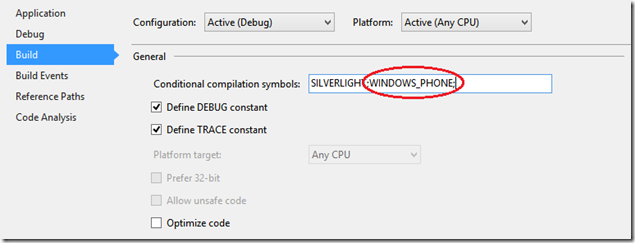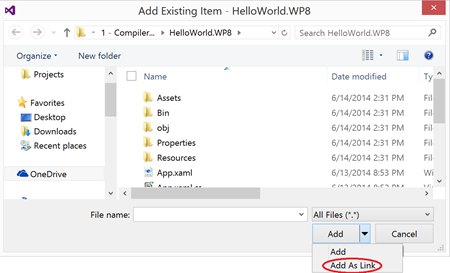Don’t Be Late for Scrum
We all know the importance of being on time for meetings, and since scrum is designed to be a short meeting, if you’re 5 minutes late for scrum you can miss a third to half of it.
I’m a morning person, so I find myself most focused and most productive before lunch. That often means that when scrum rolls around at 9:30 I can be totally lost in thought with no concept of time. In other words I have a tendency towards running late.
The obvious thing to do is to set a reminder, but I usually run my sound through my headphones so if I’m not wearing them there’s a good chance that reminder is just going to pop up and not be seen. When I worked in an office I’d see the other developers moving out of the corner of my eye and realize what time it was, no problem.
Since I’ve been working from home we’ve been having scrum over Skype. Our leader starts a group call and thanks to Skype’s ability to ring through the speakers while using my headset for communication I was never late.
That worked great, but we recently moved our scrums to a Google Hangout. On the plus side, we’re all doing video (not sure why we didn’t with Skype) and having a blast with Google Effects. The downside of course is that we need to “dial-in” to every day.
I realized immediately that this left me with the potential to be late or even miss scrum, here’s the solution I came up with. I’m using Task Schedule that is built into Windows to launch Chrome and navigate to our Scrum hangout. Just create a Basic Task, set the schedule, choose Launch a Program for Action. Select the path to your favorite browser for the Program, and put the URL in the Add arguments field.
Now every morning when scrum starts Chrome opens a new tab and brings up the Scrum hangout. All I need to do is click the “Join” button.


